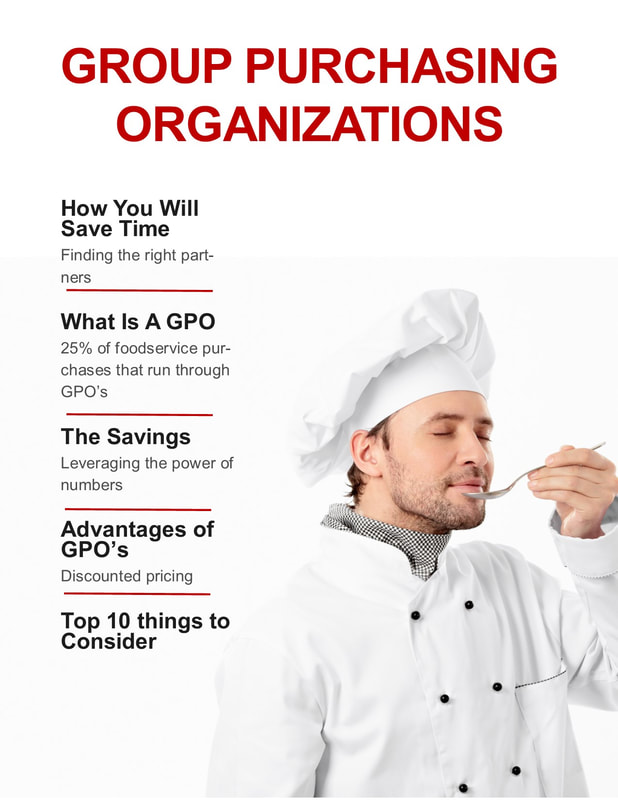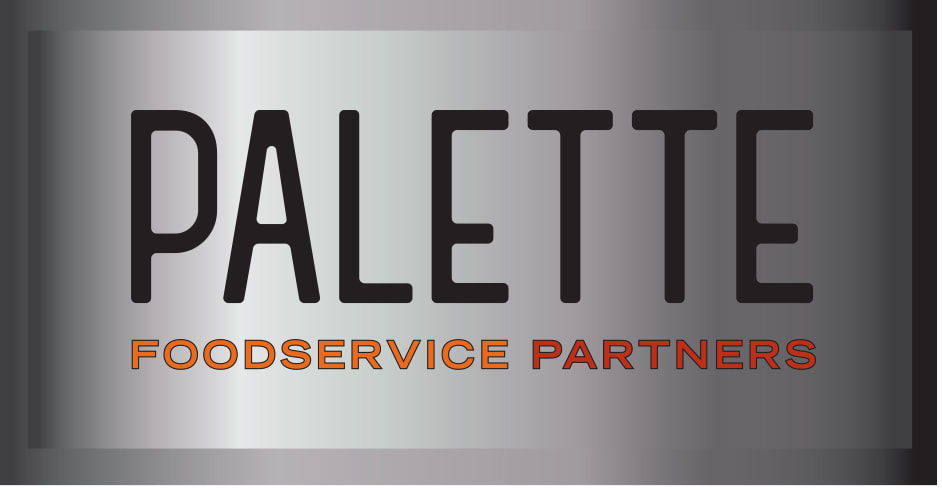 Consumers can be tough to please – and when you add higher menu costs, smaller portions and substitute ingredients to the mix as restaurants have had to do in recent months, it becomes extra challenging to try and win guests and retain them for the long term. But experience still counts for a lot – it’s what is making people choose restaurant meals over meals at home right now – and your restaurant can provide it in little (sometimes free) ways that pay off with guests. Consider how well you’re managing these parts of the restaurant experience: Be prompt with your greetings when people walk in the door. Offer water to guests waiting for a table and promptly collect drink orders from guests who are seated in your dining room. Encourage your staff to recommend dishes to guests – it demonstrates that they care about (and enjoy) the food they are serving and it presents your employee culture in a positive light. Take care with cleaning your dining area and restrooms. Leave people with a positive final impression by making your guests’ exit from your restaurant as smooth as possible – by allowing them to pay via QR code, or letting them split checks without fuss, for example. Finally, find ways to reconnect with them after they leave. That could be sending a loyalty program member an email on their birthday. Or, if a new guest provided their email address when making their reservation, follow up with a guest survey, an invitation to receive future offers, and maybe a free appetizer if they return to you within a few months.  We’re living in an age of customization and personalization. Consumers want experiences that are in line with their preferences – or to at least feel heard by those providing them. You likely aim to provide that kind of experience for your guests, but what about for your staff? The culture you cultivate for your team will be reflected in the experience, good or bad, that they extend to your guests. So approach your staff as if they are an additional segment of your customer base. Are you giving them opportunities to feel heard – and in a variety of ways? According to CREATE’s recent Future of Foodservice Report, Florida-based Smokey Bones has conducted a weekly virtual town hall meeting with its managers throughout the company since early on in the pandemic. The sessions provide opportunities to share business and functional updates, as well as to field questions from managers – and difficult questions are welcome. Other ways to enhance two-way communication: Have staff answer a quick pulse-survey question at the start of each shift – and then share any corrective actions you’re taking in response to their feedback. Give them opportunities to make suggestions about what they would like to see – there may be an easy change you can make that you hadn’t previously considered. Make it a priority to hire from within and make sure your existing staff are told about new opportunities for advancement. While employee turnover is known to be high in the industry, you can make it less of a problem for your business if you prioritize improving communication and engagement with your team – much like you’d do with guests you’re hoping will return frequently.  One recent survey found that 80 percent of guests say restaurants help them access favorite flavors that they can’t duplicate at home – or at least that’s what they think – and that’s what drives them to support restaurants. At a time when restaurants are duelling with grocery stores, meal kit companies and even convenience stores for business, it helps to know the reasons compelling your guests to order from you. Are you an end-of-the-work-week treat? Do you offer easy mobile ordering and prompt delivery to suit hungry consumers who want their meal as soon as possible? Do guests trust that you will surprise them with fresh ingredients prepared in inventive ways? Can you package your ingredients in ways that make it easy for a guest to prepare one of your meals for friends at home and look like a talented chef? As you welcome larger numbers of guest orders in person and offsite over the holiday season, solicit people’s feedback about what brought them to you over their many alternatives. Their input may help you to develop plans for new offerings that will help you bring people back and keep business steady in 2023 as economic uncertainty – or simply uninviting winter weather – makes eating out (or even ordering out) a tougher sell.  Remember when the public was just coming out of lockdowns and happily shrugged off restaurants’ limited hours, restricted seating, and unpredictable menus if it meant they could still enjoy a meal from their favorite establishments? You may have noticed that sentiment has faded a bit as consumers have lost patience with the ongoing pandemic. For many customers, the pre-pandemic mentality that “the customer is always right” has returned. They aren’t afraid to voice their dissatisfaction with a restaurant meal – or simply offer unsolicited comments about how the operator could improve the experience. This is despite operators’ ongoing challenges in recruiting and retaining staff, sourcing supplies, and paying larger bills for everything from ingredients to fuel. (A recent Eater report detailed the account of a much-lauded California restaurant that launched early in the pandemic but couldn’t continue operating amid the many demands it faced in the current economy.) Times are far from normal and a looming recession adds to existing pressures, so consider running your business with the same rigor as you did early in the pandemic. That means focusing on the basics of why you’re in business – know what values you stand for, who your ideal customer is, where you are (and aren’t) willing to compromise, what core things you want to make sure you execute well right now, and how many staff members are needed to help you accomplish them. Then don’t be afraid to stand your ground if guests ask for more. |
Subscribe to our newsletterArchives
April 2024
Categories
All
|




 RSS Feed
RSS Feed